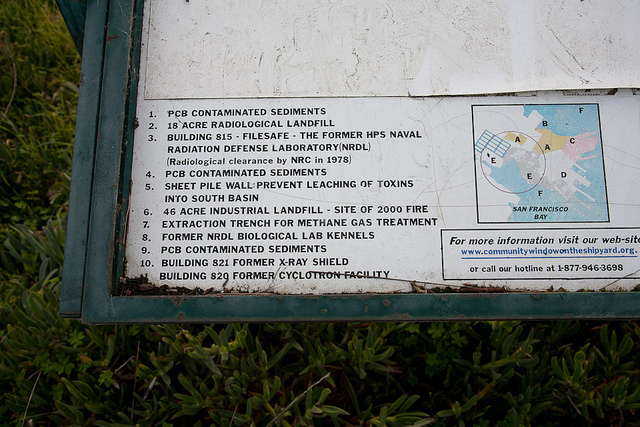Environment
A cleanup of trash (and bodies) in Everest’s Death Zone
|
A team of 20 Nepalese Sherpas will work above 26,240 feet in the “Death Zone,” hoping to bring back five bodies and begin a cleanup of an estimated 10 tons of trash.
newsdesk dot org (https://newsdesk.org/page/25/)

A legacy of toxic pollution lingers in San Francisco’s Hunters Point Shipyard, which was once a booming hub for wartime construction efforts, but now is largely shuttered and represents a constant threat to the health of marginalized communities that live nearby. The U.S. Navy and diverse community groups are at odds over the best way to address the problem.
A team of 20 Nepalese Sherpas will work above 26,240 feet in the “Death Zone,” hoping to bring back five bodies and begin a cleanup of an estimated 10 tons of trash.
Livestock, birds and other animals are enduring extreme hardship in southern Iceland, where the cloud of Eyjafjallajökull’s toxic volcanic ash threatens their very lives.
Seething members of the Xákmok Kásek indigenous community in Paraguay asserted before an international court this month that they were slowly being squeezed out of existence.
A San Francisco environmental historian says that because of Daylight Savings Time the annual Wreath Laying and Commemoration goes off one hour too early, and that it is “a major distortion of historical reality.”
The Canadian government and the region’s northern aboriginal people, Lutsel K’e, hammered out a framework agreement for a new National Park in the Northwest Territories, nearly completing a contentious process that began 41 years ago.